1. Use Only Under Medical Supervision:
- Gabatop should only be taken if prescribed by a healthcare professional, especially if you have conditions like kidney disease, mental health issues, or substance abuse history.
2. Risk of Suicidal Thoughts:
- Some patients may experience mood changes, depression, or suicidal thoughts while taking Gabatop. Inform your doctor immediately if you notice any unusual mental health symptoms.
3. Do Not Stop Abruptly:
- Stopping Gabatop suddenly may cause withdrawal symptoms or increased seizure frequency. Always taper off the dose gradually under medical supervision.
4. Caution in Elderly and Children:
- Older adults may be more sensitive to the side effects like confusion or unsteadiness, while children may experience behavioral changes. Monitor closely under doctor’s advice.
5. Pregnancy and Breastfeeding:
- Gabatop should be used during pregnancy or breastfeeding only if clearly needed and prescribed, as it may affect fetal development or pass into breast milk.
6. Kidney Function Monitoring:
- Since Gabapentin is eliminated through the kidneys, dose adjustments may be required in patients with renal impairment. Regular kidney function tests may be recommended.
7. Not for Acute Pain:
- Gabatop is not suitable for treating sudden or acute pain. It is intended for chronic neuropathic conditions or seizure control.
8. Hydration and Diet:
- Stay hydrated and follow a balanced diet, as some users may experience weight gain or gastrointestinal issues while on long-term Gabapentin therapy.

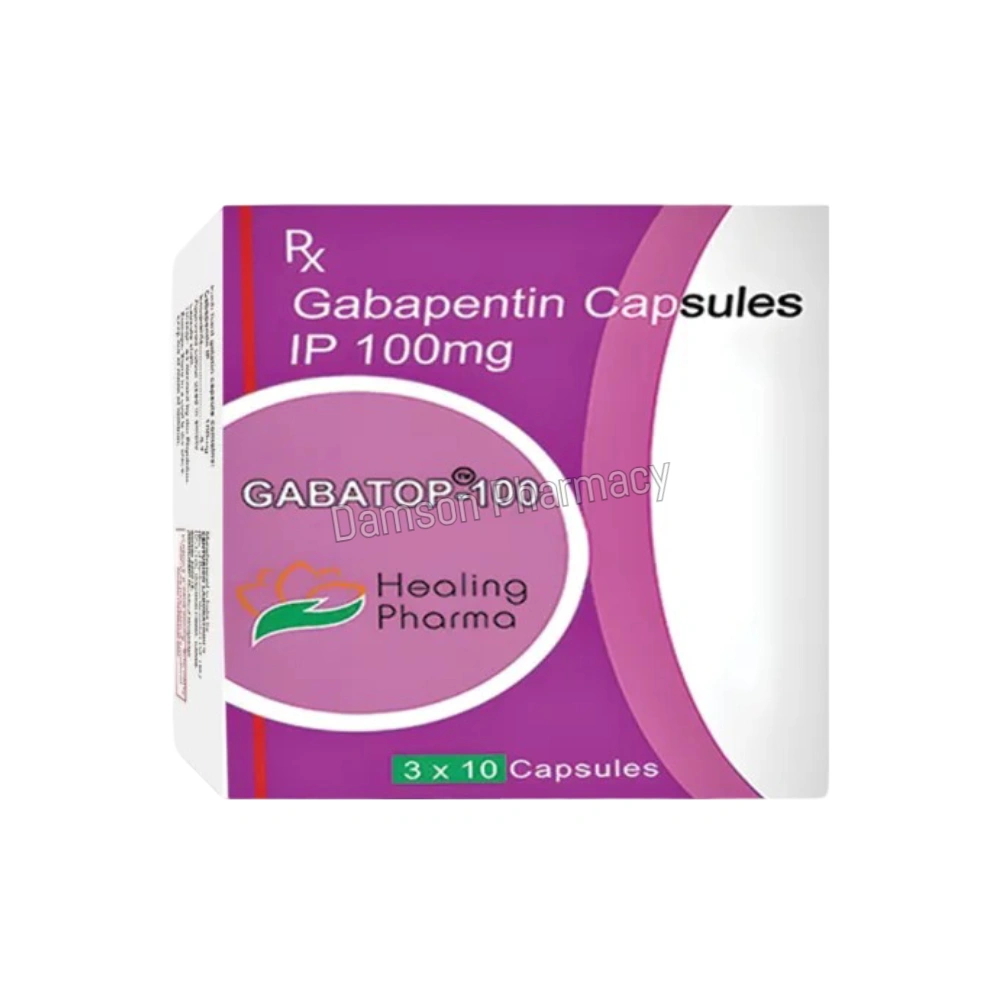

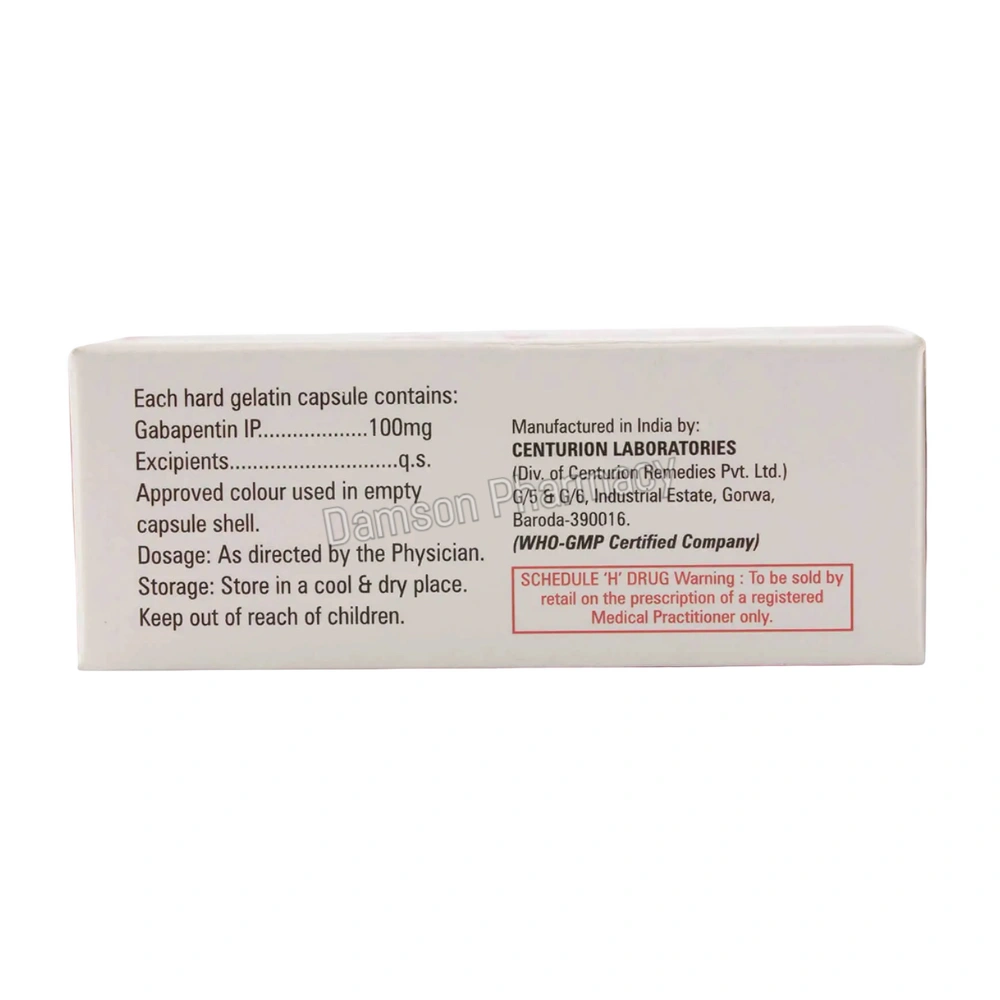
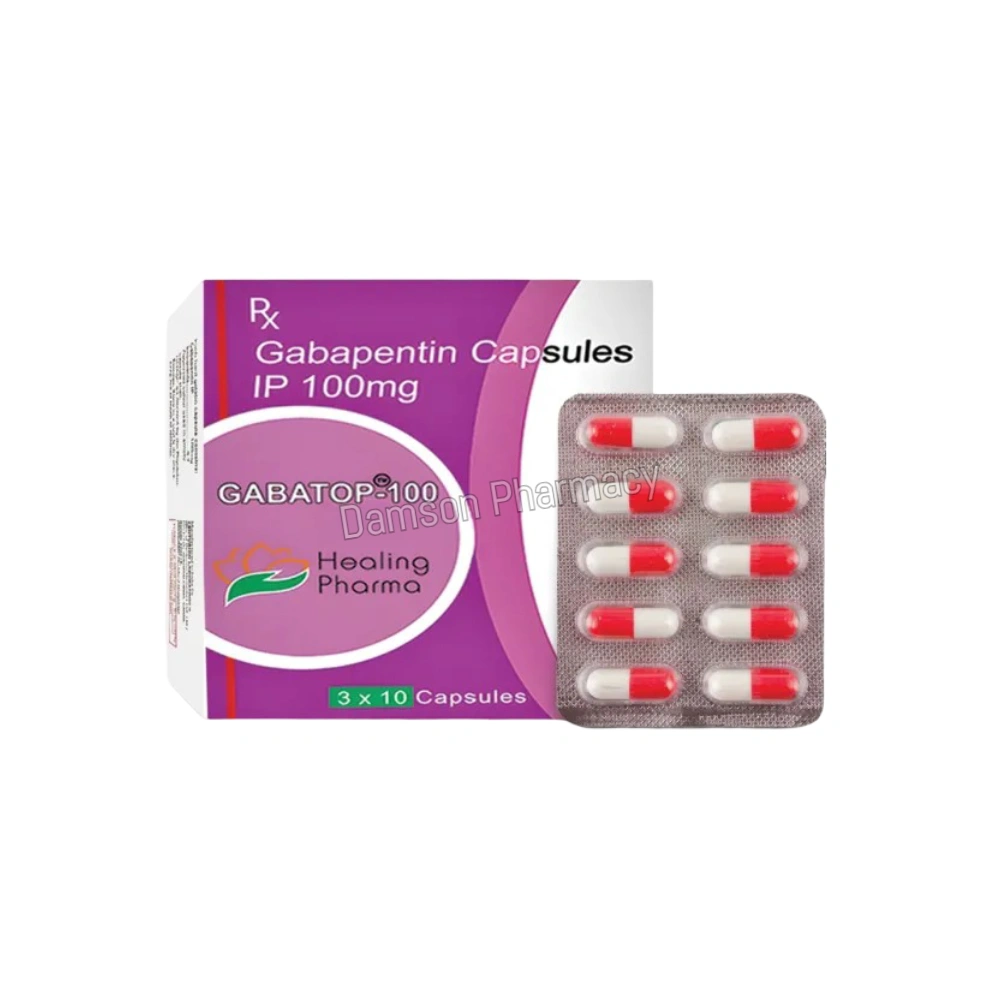

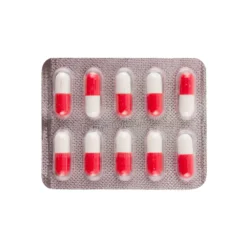
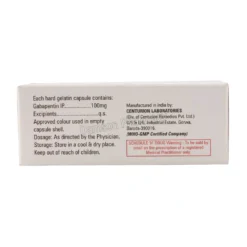
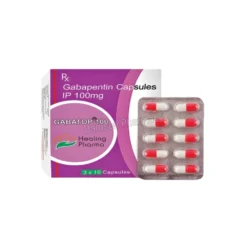
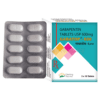
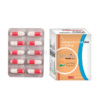



Reviews
There are no reviews yet.